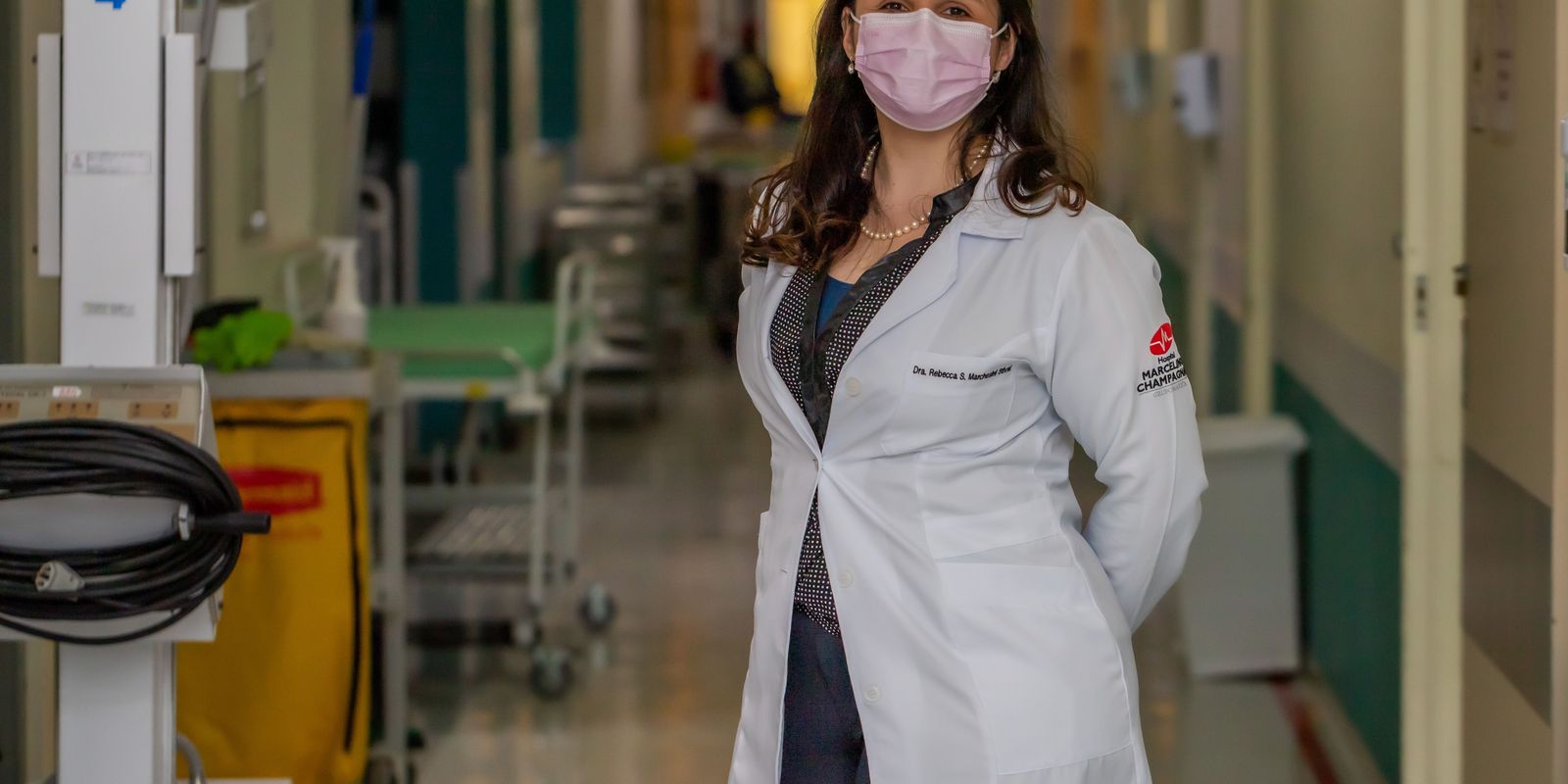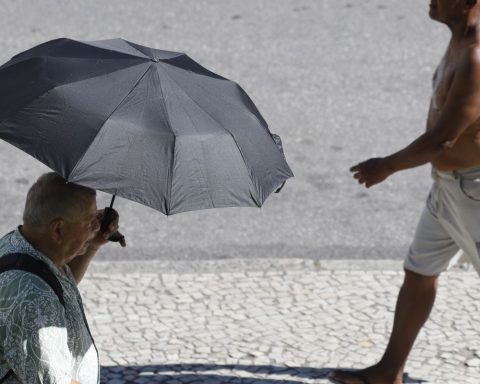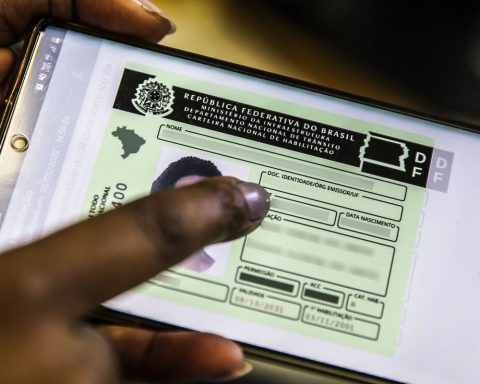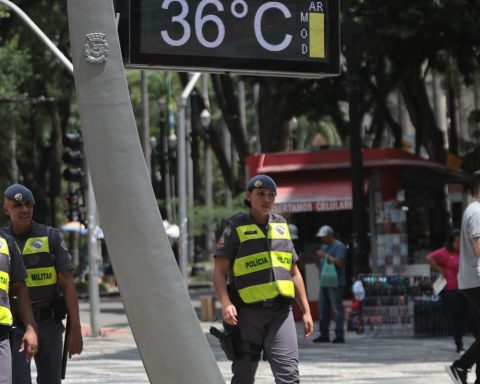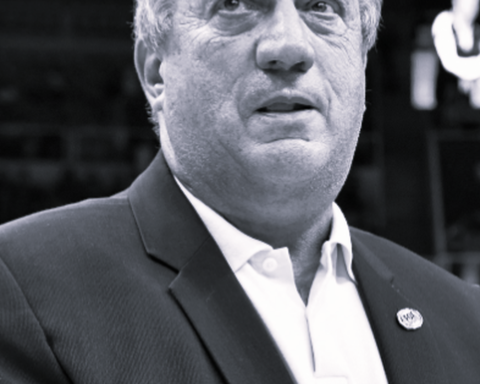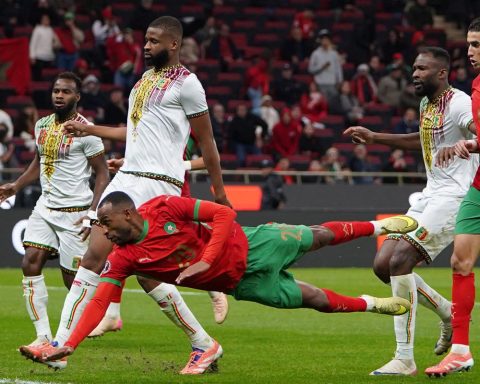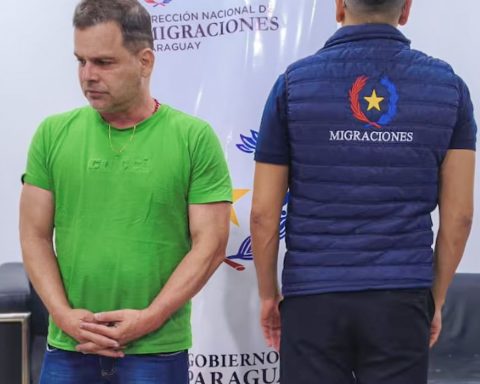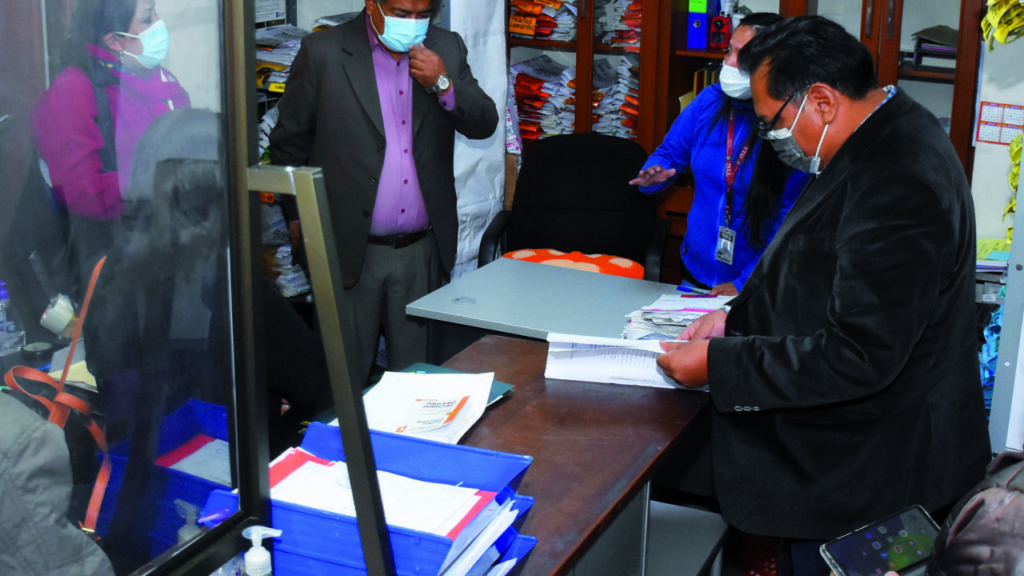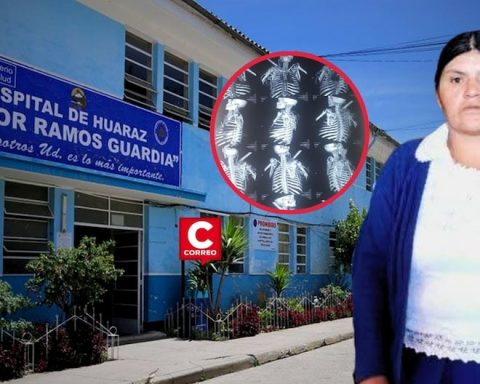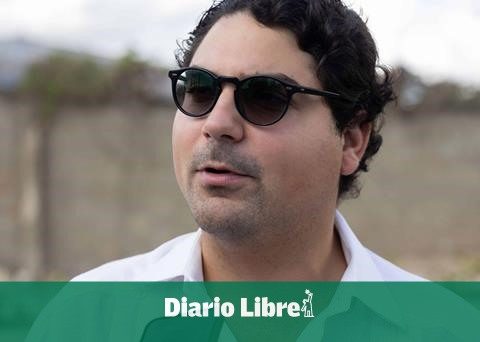Since she was a little girl, she has been teaching dolls about the structure of the atom and how to master the transformation of matter. She dreamed of becoming a teacher, but first she graduated in medicine, because she believed that this was the way to unite the skills. 
“I always wanted to be a teacher, perhaps because my mother believes that this is the most honorable profession, and also because she believes that I need to take care and guide. Doing medicine was the way. I have always been interested in the science of life and the individual, and in my 18-year-old mind, in addition to being a challenge for an ordinary person like me, it would bring me extraordinary human experiences, worthy of Tolstoy, but on a hospital battlefield, in which the opponent and companion would be the disease”.
This is how scientist Rebecca Stival, a pulmonologist at the Marcelino Champagnat and Universitário Cajuru hospitals, in Curitiba (PR), and a master’s student in internal medicine at the Federal University of Paraná, tells how she started her career. She is currently studying impacts and treatments of emphysema in chronic obstructive pulmonary disease.
On the International Day of Women and Girls in Science, celebrated this Friday (11), the Agência Brasil spoke with two scientists to present an overview of the job market in the area and how today’s girls can become scientists.
The role of women in science
The contributions that women can make to science, technology and innovation are numerous, starting with resilience, says Rebecca. “Women have resilience as their prerogative. Therefore, her look at science becomes important. I believe that because we have a huge capacity for adaptation, which is even biological – just look at a pregnant woman, all the hormonal variations and body changes that occur over nine months – we face adversity and generate practical solutions quickly”.
She cites one of the most famous scientists in history, Marie Curie, as an example of resilience to frustrations and quick and practical response to adversity. “Just remember her contribution to the making of radiographs during the First World War, which benefited many people on the battlefield. She managed to transform bench knowledge into a public utility tool, another important characteristic of a scientist.
However, the path to conquer this space is not easy, and men are still the majority in the area. According to report “The Researcher’s Journey through the Gender Lens”, published by the Dutch company Elsevier in 2020, the participation of women in the most diverse fields of science fluctuates between 20%.
Brazil is among those closest to balance in the proportion between men and women in the authorship of scientific articles, with 0.8 women for each man. The performance is better than the United Kingdom, with 0.6, and the United States and Germany, both with 0.5.
For Cristina Baena, professor and postgraduate coordinator at the Pontifical Catholic University of Paraná (PUCPR), the challenges can be summarized in terms of productivity. “If you look at it, the annual productivity of women is the same, but over the course of their careers they produce less, because they spend less time than men in a leadership role in academic and scientific production. This is because of the woman’s difficulty in maintaining herself in this career by putting together all the responsibilities she accumulates”.
In the researcher’s opinion, there is a way to encourage the career of women scientists. “These are basic questions: for example, the researcher’s grant must take into account motherhood. Today, we do not have the structure to welcome the children of the researchers or at scientific events, which makes it difficult for them to be present. It is necessary to provide conditions for these women to continue in their careers, because when they succeed, there is a very important impact on the training of human resources and on scientific production”, defends Cristina, who faced this challenge and divided her time between raising a child while master’s, doctoral and post-doctoral degrees.
Long before the pandemic, Cristina had a very common routine to that of mothers who worked and still work triple shifts at home, due to social distancing. “There was a period when I had to make many difficult choices, especially financially, because I lived on a doctoral scholarship. My income has decreased a lot because the stock market in Brazil is currently very small, and I clearly remember a period when I had to answer emails in English to international leaders. At the same time, I had to cook the beans, I had to finish cleaning the house, and I had to write an article, go to my son’s school meeting, so I was very challenged in every way. I think that if we don’t have a lot of persistence, we don’t have help, support, it’s natural that we end up giving up a scientific career sooner.
Today, Cristina Baena is the coordinator of the post-covid outpatient clinic set up by Hospital Universitário Cajuru, in partnership with PUCPR, in Curitiba (PR), and coordinator of the Center for Teaching, Research and Innovation at Marcelino Champagnat and Universitário Cajuru hospitals. She has participated in dozens of studies to understand the behavior of covid-19. The clinic that Baena coordinates studies the sequelae of the disease and practices to reverse these problems.
equity in science
The latest report from World Economic Forum showed that the gender disproportion at work has increased, and only 267 years from now will the balance be reached. In other words, the current generation of women scientists will not yet see equity in the area, but they indicate the ways to get there.
For Rebecca Stival, equal pay is the first step. “Seeking equal pay in the roles that women represent. In 1928, [a escritora] Virginia Woolf has already told us that there is only possibility of creation after guaranteeing bread, financial independence. And it is a fact that research in Brazil receives little or no funding. Dedicated researchers are rare.”
The second measure, adds the scientist, is to guarantee equal access to women, considering their intrinsic role in the perpetuation of the species. “Despite rights already acquired, but not yet fully respected, the period of gestation and raising a child, even today – amazingly – can still mean professional setback. And I say this, because I was already asked, in an interview for access to one of my specializations, about my marital relationship and my desire to be a mother. That was at least 50 years after my mother got her CPF”.
Cristina Baena, on the other hand, considers longevity in her career to be one of the points to achieve equity. “I think there will be some equity in science when we have the same career longevity. And also when we here in Brazil, mainly, stop hearing that scientific academic training is not considered work. These are cultural changes that society must resolve before we have this equality.”
Pandemic
Women scientists, until then known only in academia, became famous in the country for their relevant role in research on the new coronavirus and in dissemination, highlights Cristina. “In Brazil, we can mention Ester Sabino, Jaqueline de Jesus, who decoded the genome of the first cases of covid-19 in record time – information that helped the whole world to fight the disease. We also had some scientists in the media who played a very important role as communicators, such as Natalia Pasternak and Margareth Dalcolmo, who are great examples. Melanie Fontes Dutra is an excellent example on Twitter. Luana Araújo, with a scientific background, also stood very firmly against the wave of fake news that was taking over the country at that time.
She also believes that other examples will serve as inspiration. “On individual levels and within hospitals, in producing rapid knowledge of the pandemic, we had women with key roles. I have the impression that this helped to inspire some girls who see in women scientists the contribution that can be made to society”.
Rebecca Stival reinforces: “Women represent the majority of professionals dedicated to caring for people, caring is a woman’s prerogative. We are approximately 79% of the healthcare workforce. Despite the fact that the Ministry of Health is occupied by a man, the battles in the pandemic were led, for the most part, by women scientists.”
advice
Rebecca gives advice to girls who dream of becoming a scientist. “Resilience. Others came before to guarantee what we have achieved so far, we have to persist to ensure full equity for those who will come later”.
Sônia Baena makes the same suggestion made to the students she advises in research at the university. “Especially in Brazil today, education and a scientific career must be an almost family plan. Because there will be absences in the family. It’s good if someone can cover that role, a partner or equivalent, who helps with parenting and presence with the kids. It is a great feeling of reward when we realize that we have managed to produce knowledge, which is applied at the cutting edge and has an impact on people’s lives”, she says.
